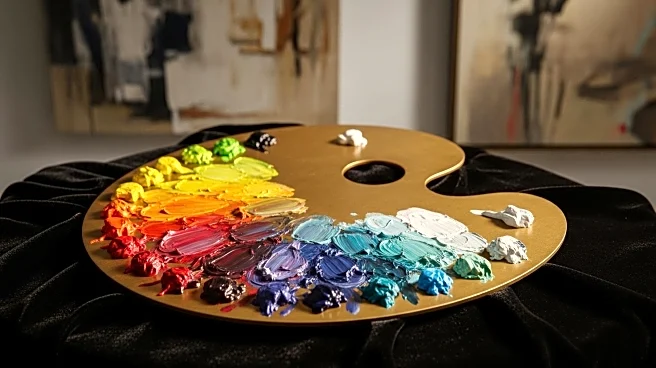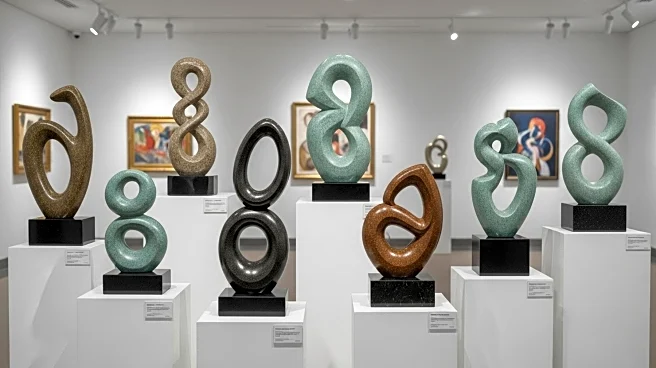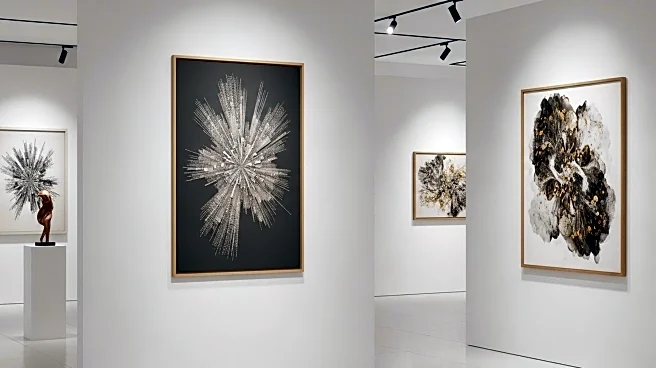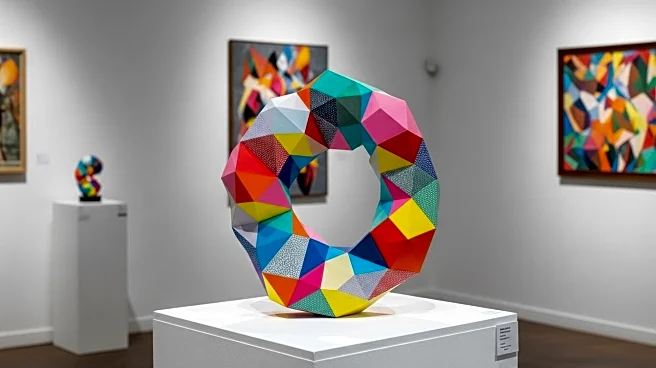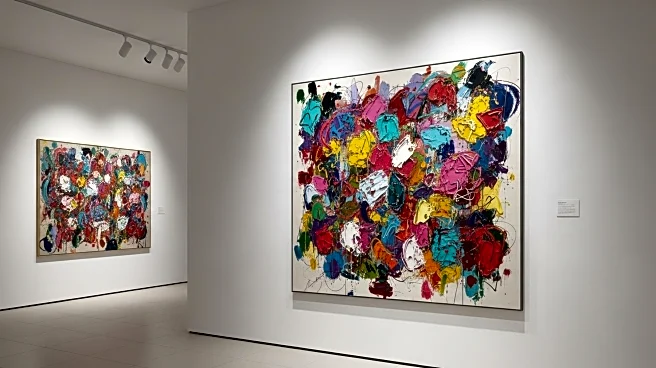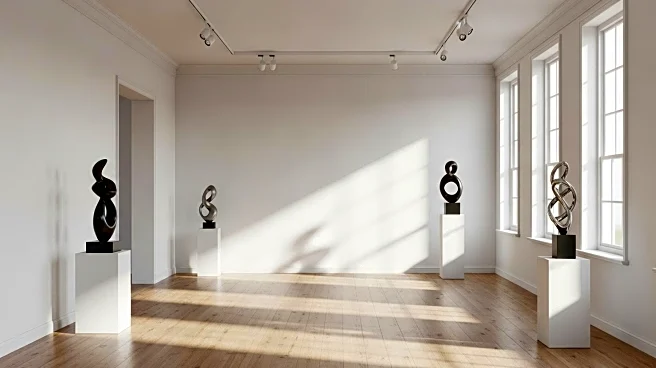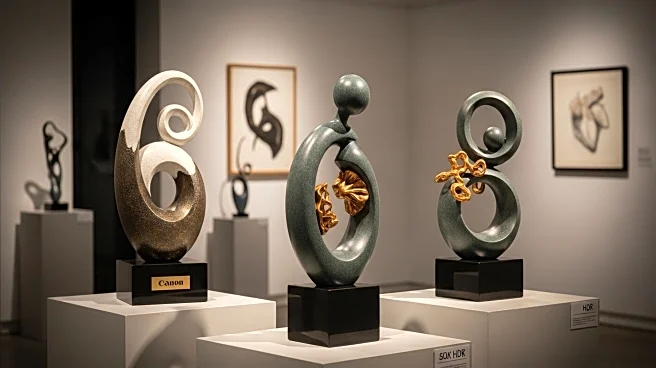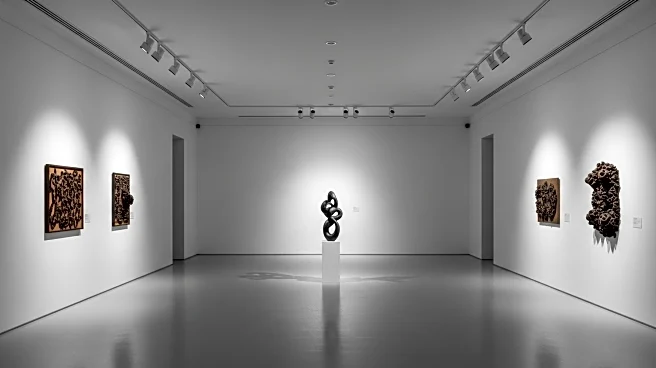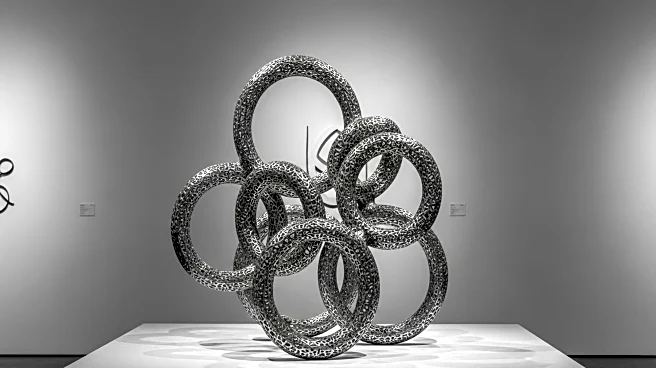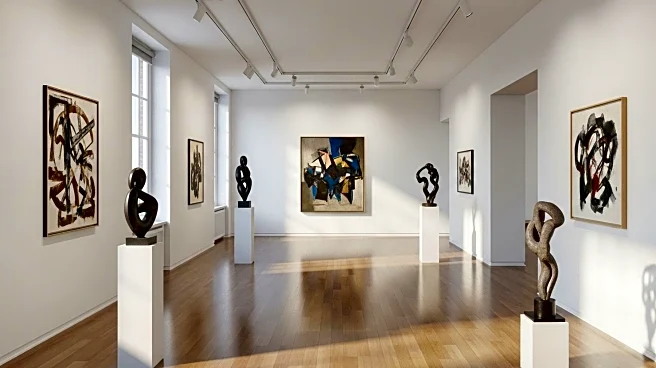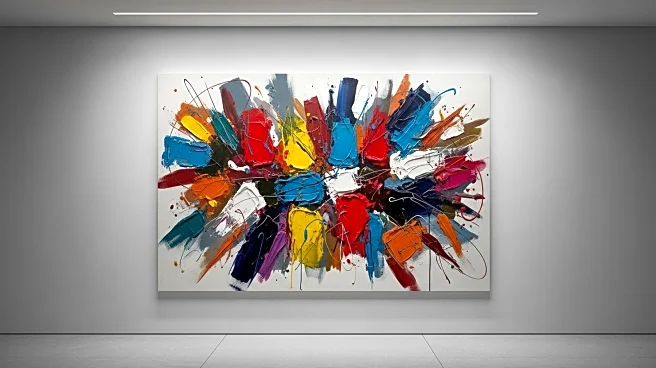What is the story about?
What's Happening?
The art market is experiencing a contraction, with galleries closing and downsizing, such as Almine Rech in London and Pace in Hong Kong. Despite this, major collections are coming to auction, promising a robust fall season. Sotheby’s is handling Leonard Lauder’s $400 million collection, including a Klimt estimated at $150 million. The market contraction is reminiscent of the 1990 downturn, which led to significant collections being built. New models are emerging, such as itinerant galleries and boutique fairs, as traditional methods are challenged.
Why It's Important?
The contraction in the art market could lead to a reimagining of how art is bought and sold, potentially benefiting those with liquidity and good advisors. Established artists are being advised to lower prices, which could make art more accessible. The auction houses, however, continue business as usual, focusing on high-value collections. This shift may impact the valuation of art as an investment, particularly for younger collectors who view art differently than previous generations.
What's Next?
The upcoming auction season could set new precedents for art valuation and sales strategies. As galleries adapt to new models, the industry may see a shift towards more flexible and innovative approaches. Collectors and artists may need to adjust their expectations and strategies in response to changing market dynamics.
Beyond the Headlines
The contraction may lead to ethical considerations regarding art pricing and accessibility. As the market evolves, there could be long-term shifts in how art is perceived and valued, potentially affecting cultural and economic landscapes.
AI Generated Content
Do you find this article useful?
